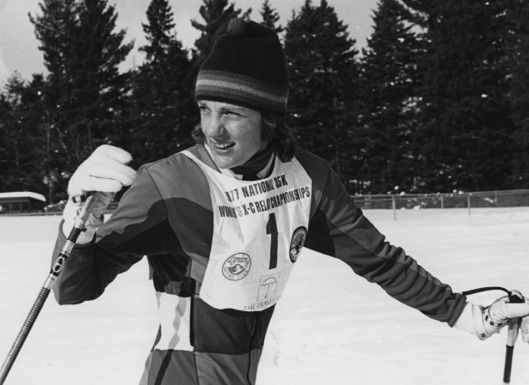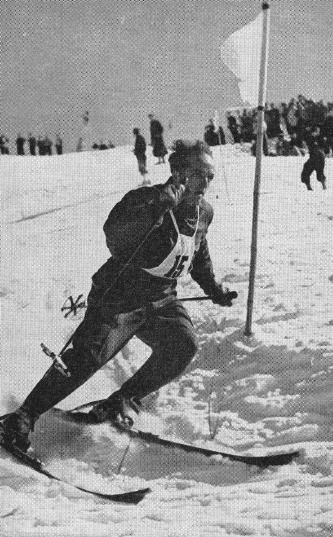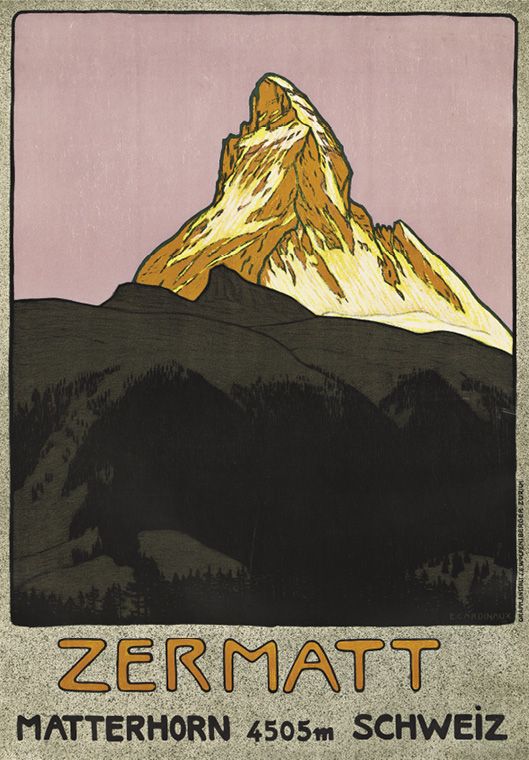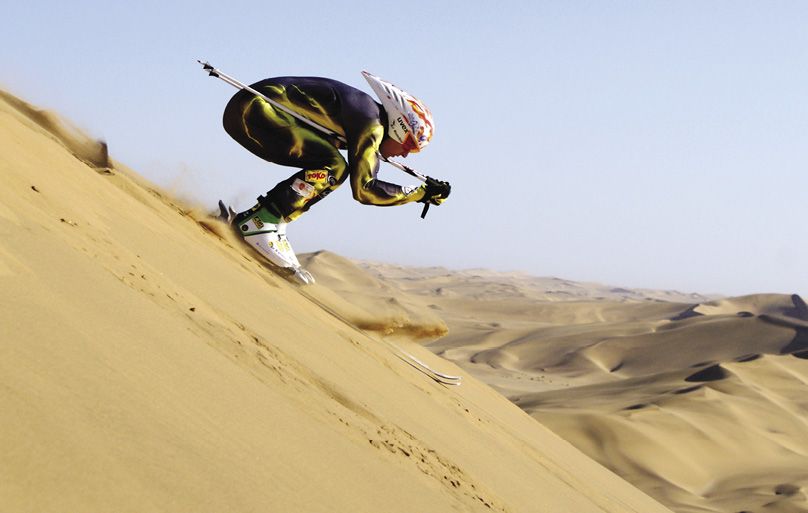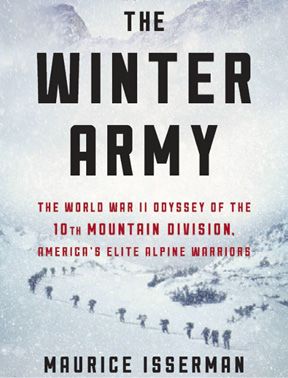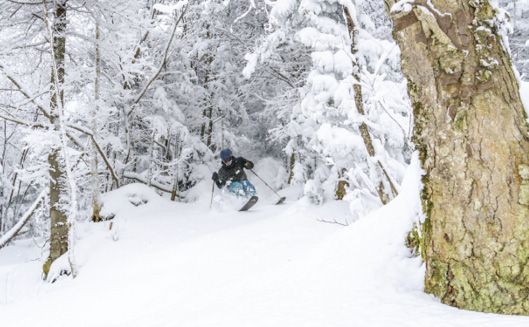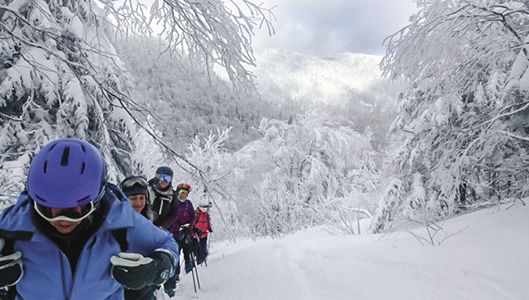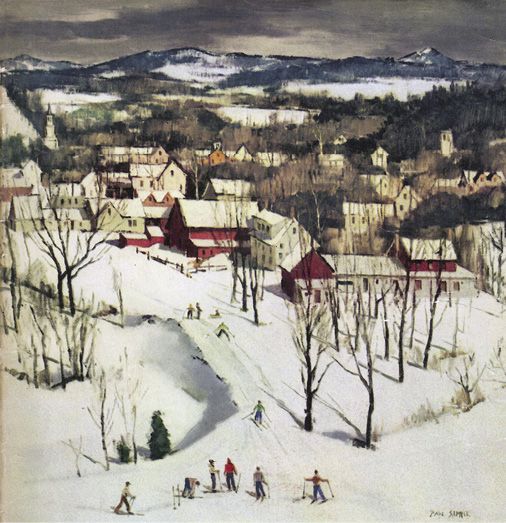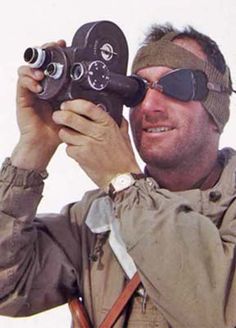Volume 33 Number 2 March-April 2021
Featured Articles:
Departments:
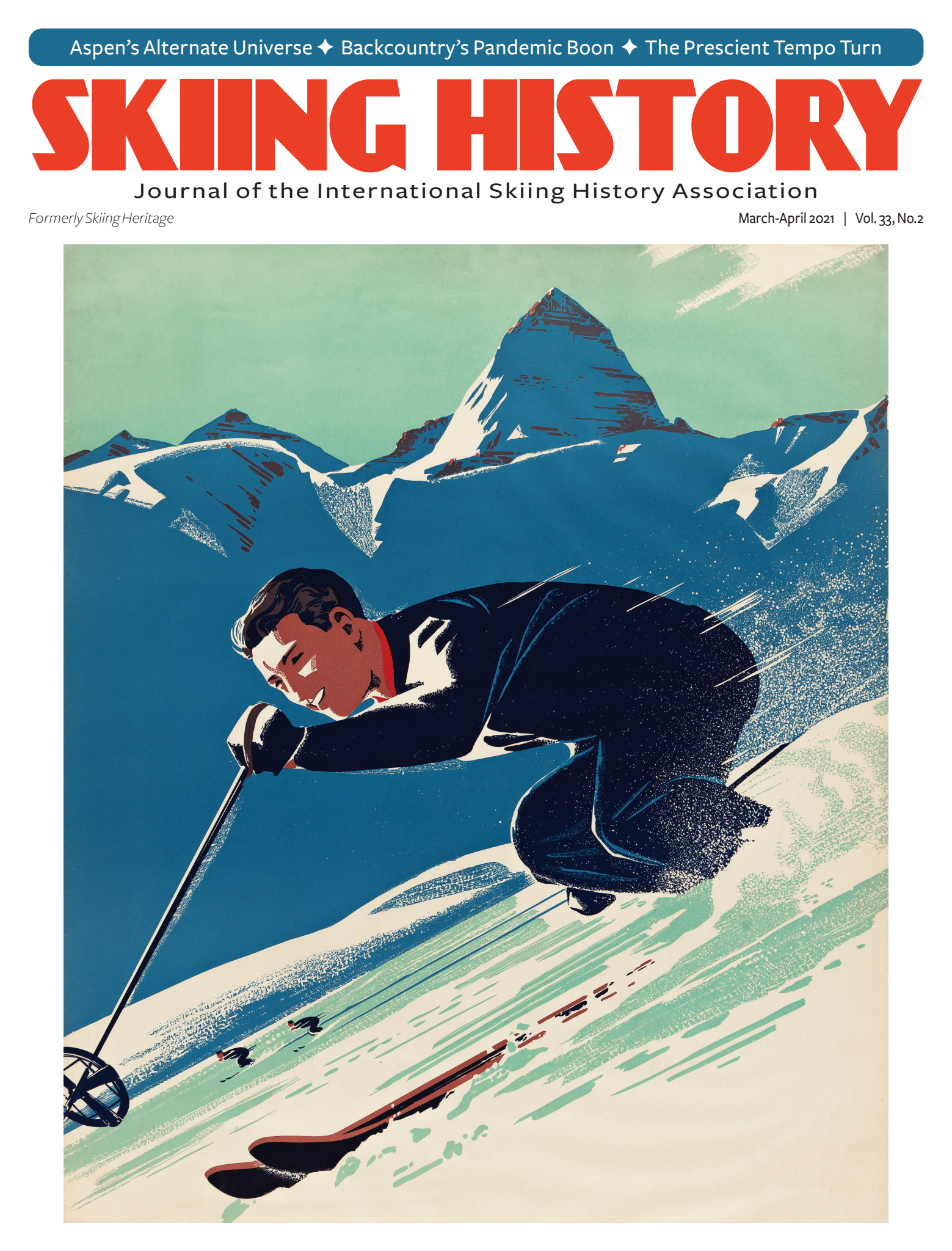
On the Cover:
"Canadian Rockies," by artist Peter Ewart, turned up 17 years after its last sale at the annual Swann auction. With a speeding skier, the 1950s poster promoted the thrill of the sport, in an age when ads typically pitched glamor. Image courtesy Swann Galleries.
Digital Magazine Flipbook:


